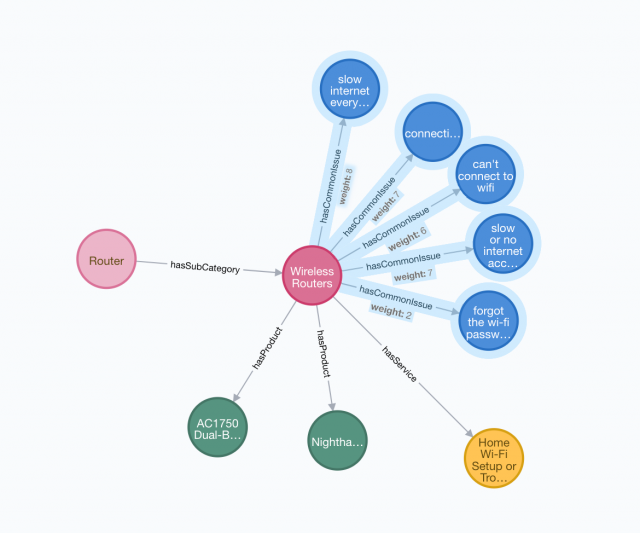All companies are slowly transforming into data companies. In this data-powered economy, experts dive into how companies across all industries are digitally evolving to make smarter decisions that are data-driven while monetizing this information and creating companies that will thrive during the Big Data Era. Given that sensitive data is becoming the world’s most strategic asset, it can save or destroy companies in the blink of an eye. This is where knowledge graphs come in and are becoming a valuable resource to help connect a variety of aspects within organizations of all sizes.
What is Knowledge Graphs?
Knowledge graphs are graph-structured data models that are used to store interlinked descriptions of different entities such as events, abstract concepts, objects, and situations using free-form semantics. So, what the heck does that mean? More simply put, knowledge graphs place data in context through linking and metadata which helps provide a framework for unification, sharing, analytics, and data integration. These visual representations can be created using knowledge graph software.
The main attributes of knowledge graphs include:
*Database – allowing users to explore the data through specified searches.
*Graph – data can be analyzed.
*Knowledge base – which bears formal semantics that can be used to interpret data and deduce new facts.
Examples of Large Knowledge Graphs
To help you better understand what a knowledge graph is, the following are five examples of major knowledge graphs that exist.
DBPedia
The DBPedia project utilizes the structures found in infoboxes within Wikipedia to generate a giant dataset of 4.58 things and an extensive encyclopedia coverage of entities like books, films, organizations, diseases, species, places, and people. The dataset sits at the base of the Open Linked Data Movement.
FactForge
Following years of development in the news publishing industry, FactForge was created as a knowledge graph of Linked Open Data and news articles covering organizations, people, and locations. It utilizes data from the other knowledge graphs on this list combined with specialized databases like the Financial Industry Business Ontology.
Geonames
The Geonames dataset holds 25 million geographical features and entities.
Google Knowledge Graph
Google popularized the term, “knowledge graph” with the launch of its knowledge graph in 2012. However, there are few details about the organization, size and coverage, and little means for using its power outside of Google’s projects.
Wordnet
One of the most well-known databases for the English language is Wordnet which defines words ad synonyms and is commonly used to improve the performance of search applications.
Creating Connectedness
Knowledge graph software is the only way to manage massive amounts of enterprise data at scale and in full generality within a world where connectedness is king. This should not surprise you considering graphs are all about visualizing connections and connectedness. Knowledge graphs are heavily used within Facebook, Amazon, Apple, Netflix, Youtube, and Google (FAANG) organizations alongside countless major tech firms. Their knowledge graphs allow them to succeed by turning big data into knowledge thus creating user-friendly and powerful experiences and products that drive society.
While this is incredibly powerful, it pales in comparison to how knowledge graphs manage enterprise data through an Enterprise Knowledge Graph which connects all data sources, various databases, and all data within the company. To create enterprise-level business value, you must be able to connect all important data, some of which will be stored in webpages and others in PDFs, emails, tables, and other sources. The Enterprise Knowledge Graph allows for the embedding of data structures and dialects with legacy systems which is standardized through the RDF language. The result is users can seamlessly search across relational databases, documents, NoSQL databases, and geospatial data.
Final Words
Knowledge graphs are quickly becoming the backbone of big data at major corporations as a method to instantly search across all information seamlessly. The result is creating connectedness among a variety of data sources to easily find the information you are searching for!
If you like the article then check Technoroll for more informative articles.
Editorial Staff of the TechnoRoll, are a bunch of Tech Writers, who are writing on the trending topics related to technology news and gadgets reviews.



